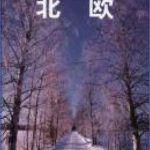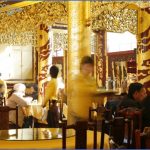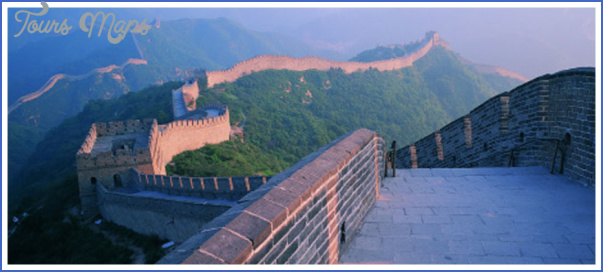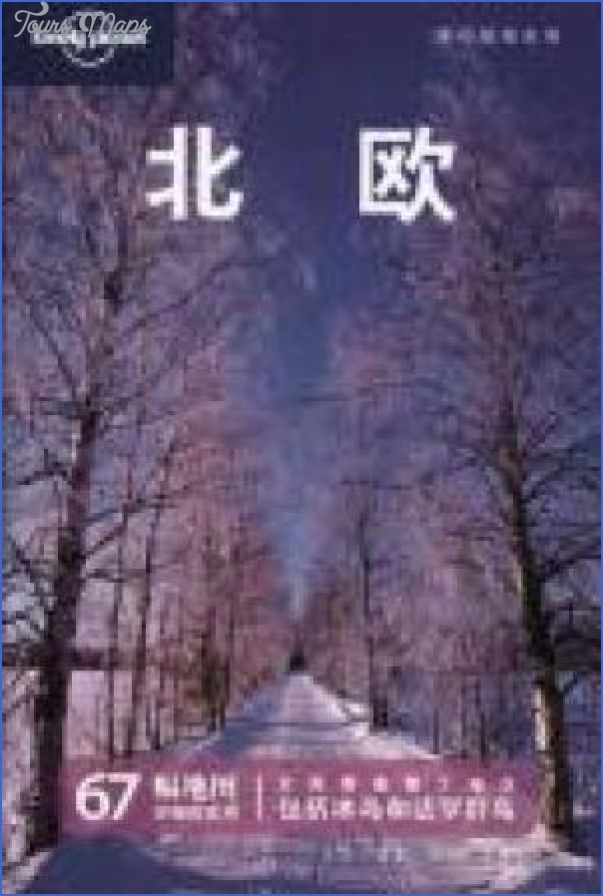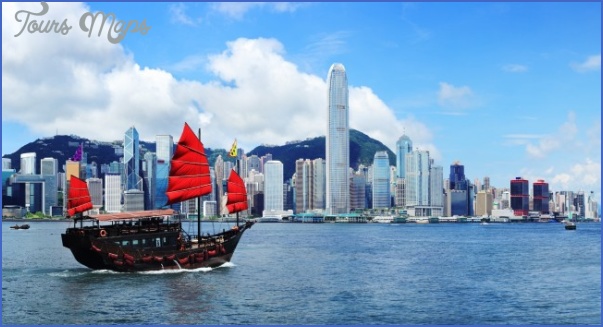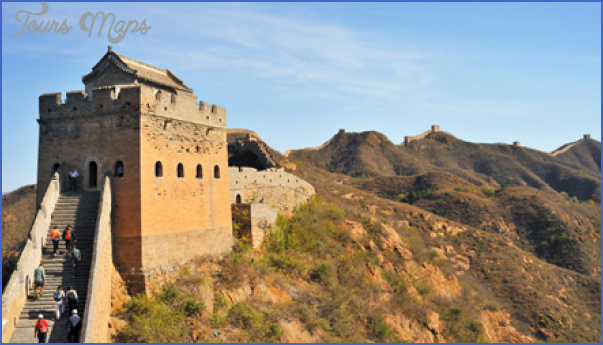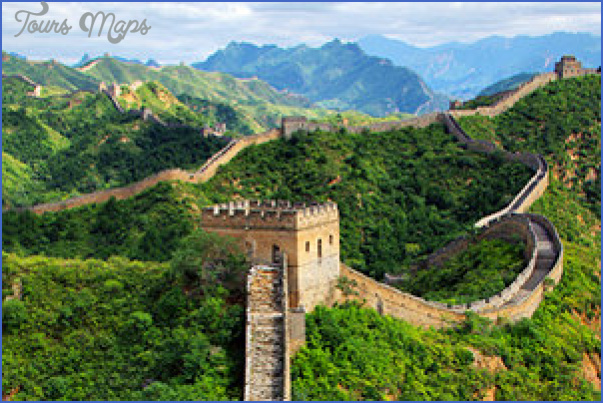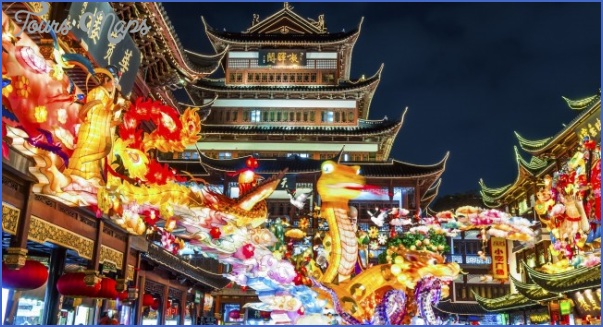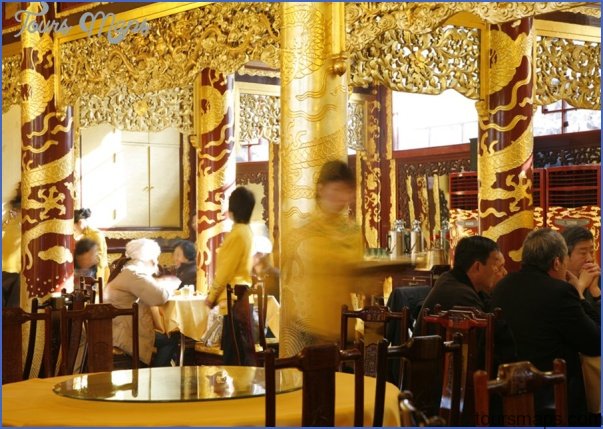All the many thousands of symbols in a Chinese dictionary – a Chinese person with an average standard of education can recognise between 4000 and 5000 symbols – are actually formed from about 20 basic strokes. They should only be written according to very strict rules, but in fact there is flexibility and a calligrapher is granted some artistic freedom.
Under the Eastern Han Dynasty (24-220) efforts were made to devise a faster script and a more expressive brush stroke. “Xingshu”, a cursive script, was the outcome from which then developed “kaoshu or grass script – so-called because of its flowing straw-like lines. This script, later used by followers of Taoism and Chan Buddhists, became a form of artistry in its own right. The meaning of the symbols which were often linked together was of secondary importance and only the initiated were capable of deciphering them. The most famous calligrapher was probably Wang Xizhi (321-379) and it is said that his style can be recognised from a single dot.
In China every painter is also a calligrapher. A painting without one or more lines of verse written in a classical script is unthinkable.
Every politician and intellectual is also expected to be able to master calligraphy. In Mao Zedong’s time a framed copy of one of the Chairman’s own poems written in beautiful “xingshu” script hung in every public restaurant. The symbols in the title of the “Renmin Ribao” or “People’s Daily”, the official organ of the Chinese Communist Party, were written by Mao, whilethe inscription above his mausoleum came from the brush of his successor Hua Guofeng.
It was the Portuguese who were the first Europeans to arrive in Canton harbour at the beginning of the 16th century. Merchants from Lisbon were quick to realise the attraction of Chinese crockery with its lustre and lightness rather reminiscent of mussel shells. This unusual material, which came to be known as “porcelain”, from the Italian “porcellana” (sometimes “porcella”) meaning “cowrie shell”, was soon in great demand at the European courts. The French king drank from cups edged with gold and silver and no European prince’s display cabinet was complete without ostrich eggs, a philosopher’s stone and a white and blue porcelain bowl. For a long time Westerners could only admire the technical perfection of the material and the exotic designs on Chinese pottery which found its way to every part of the civilised world. In Western aesthetic terms, pottery is simply a decorative craft. It amazes most Westerners that porcelain is valued so much in the Orient and also that it commands such high prices.
Europe travel guide in Chinese Photo Gallery
Maybe You Like Them Too
- The Best Cities To Visit in The World
- World’s 10 Best Places To Visit
- Coolest Countries in the World to Visit
- Travel to Santorini, Greece
- Map of Barbados – Holiday in Barbados



